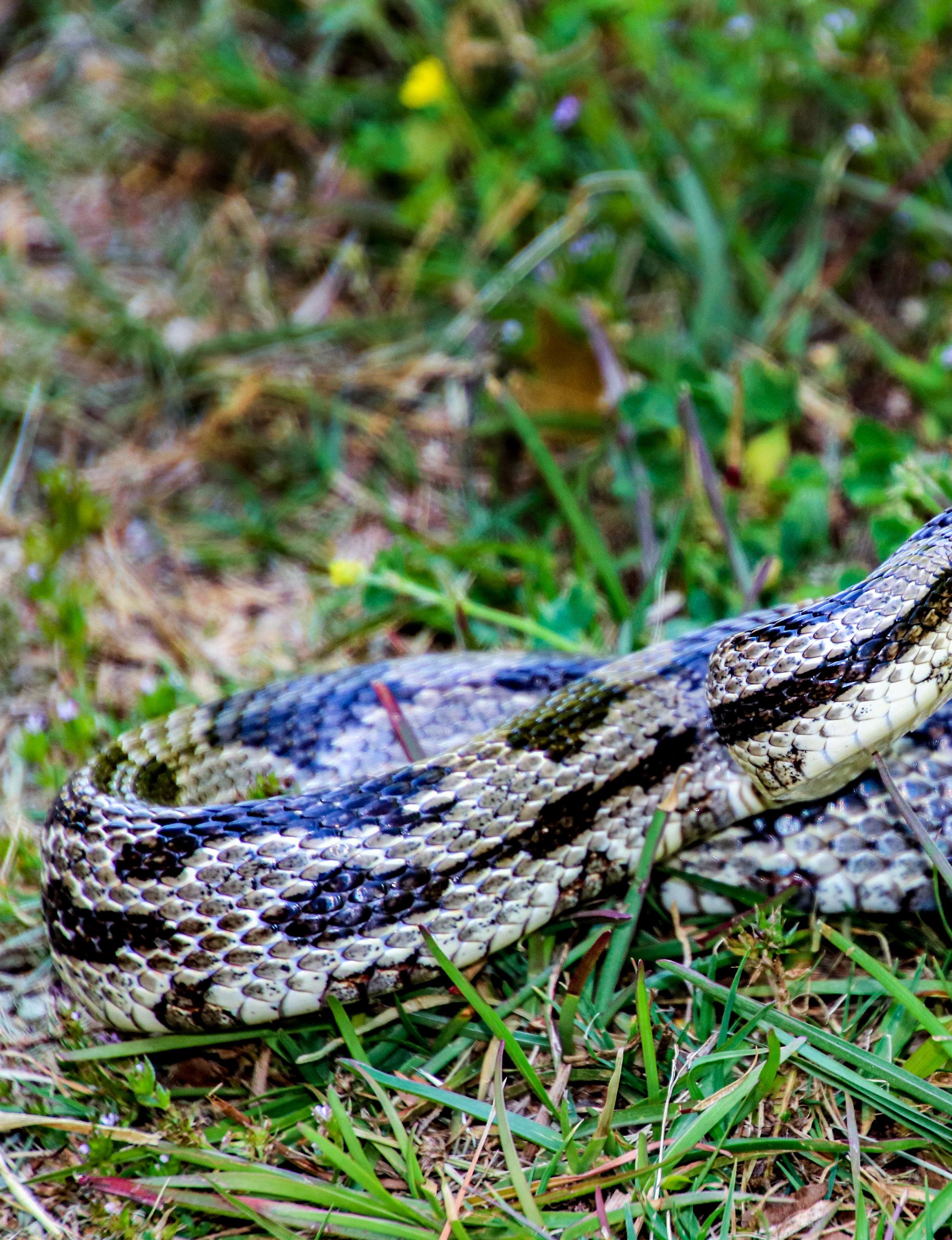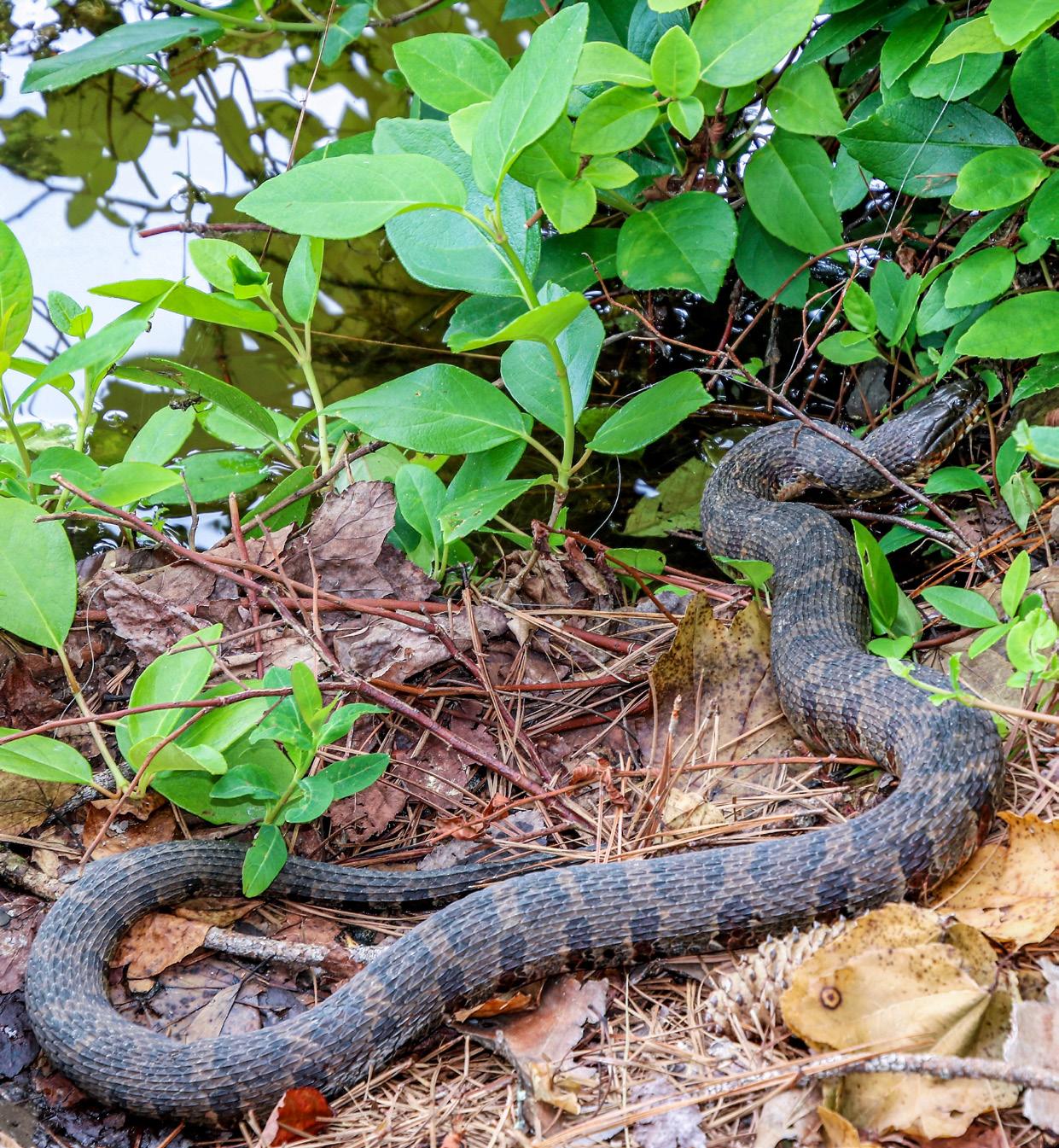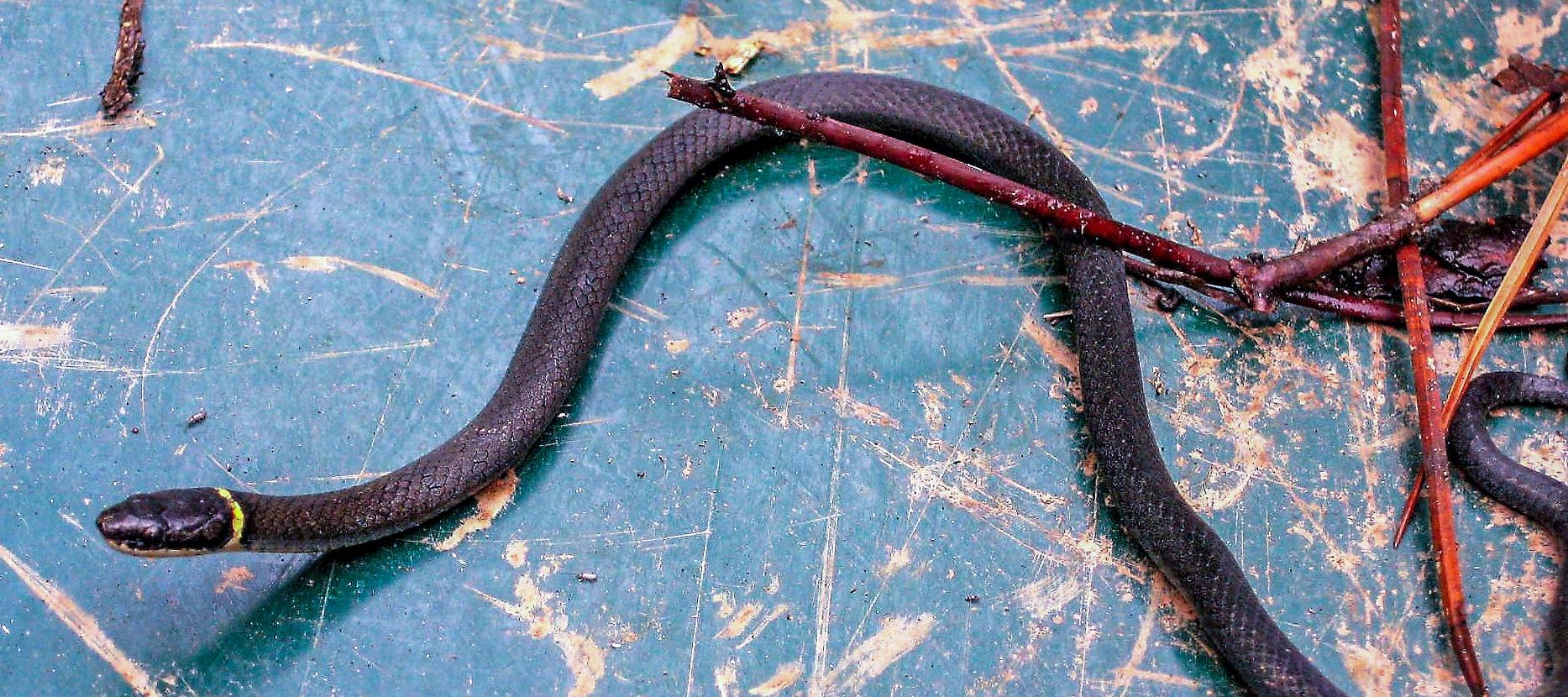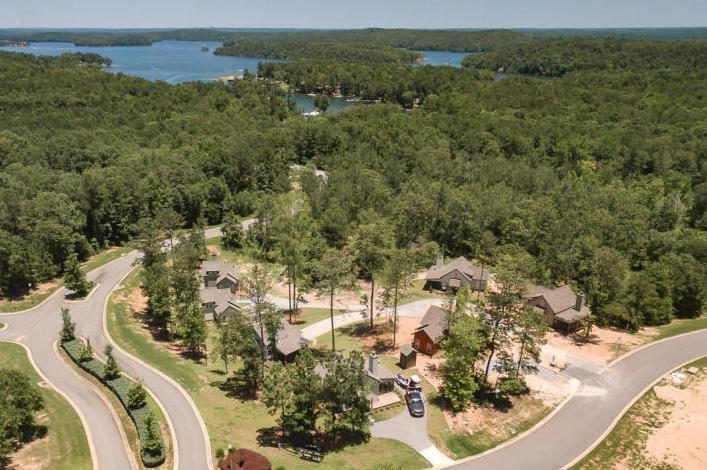
8 minute read
GOOD GUYS
Don't confuse these friends of the garden T he past couple of months have brought about Due to their venomous nature, these six snakes often several changes and additional stress in our daily get labeled as the “bad guys” and attract a lot of negative lives. In the absence of crowd-gathering sports attention and press. Unfortunately, this bad reputation events, we have likely spent more time outdoors, often results in the needless killing of the other 34 species pursuing recreational activities in the woods or lake or at of non-venomous snakes on a regular basis. It is important home in the yard and garden. If you fit into this category, to learn to properly identify them, as these non-venomous chances are good that you already have encountered one of snakes are quite beneficial. Let’s highlight six of these Alabama’s many snake species (or may soon). non-venomous species that you may see in your everyday
Snakes are one of Alabama’s most polarizing groups of activities in the woods, garden, lake or around the home. wildlife and probably the most likely to garner a reaction All native snakes provide important ecosystem when seen. Fortunately, out of these many species, only six functions, but the first snake in this discussion may are venomous. Five of these six venomous species fall into directly benefit humans more than others. Kingsnakes are the class of snakes known as pit vipers. strong constrictors and are resistant to the venom of pit
Pit vipers have broad, triangular-shaped heads, heavy vipers, as they readily eat copperheads, cottonmouths and bodies relative to their length, vertical pupils and a single rattlesnakes, in addition to a variety of other prey. In row of scales on their bellies below the anal scales. Four Alabama, kingsnakes are active almost exclusively of these six venomous species commonly occur in the by day but are most active in the morning Lake Martin area and around much of the state, including during the summer. timber rattlesnakes, pigmy rattlesnakes, copperheads and cottonmouths.
Eastern kingsnakes are large, often 3 feet to 4 feet in length, with some growing to more than 6 feet. They are shiny-black, smooth-scaled snakes with white or yellow chain-link bands that cross the back and connect along the sides. Generally, individuals from the coastal plain have wide bands while those from the piedmont or valley and ridge areas may be narrow or broken. They can live in a variety of terrestrial habitats, but in some areas, their populations have declined. The causes of these declines are unknown, but habitat loss and degradation, imported fire ants, and diseases are potential causes.
The gray rat snake, often known as a “chicken snake,” is likely the most commonly encountered snake, due to its ability to thrive in both rural and urban environments. Identified by its gray coloration with darker blotches, this snake is seen in both urban and forested environments in Alabama. Gray rat snakes in the southernmost part of the state may have lighter coloration. These snakes are constrictors and predominantly consume rodents and eggs, while juveniles

eat lizards and frogs. Gray rat snakes are great climbers and can be found trying to climb into bird or squirrel nests or sneak into a chicken coop.
Water snakes may be the most commonly misidentified group of snakes out there, as nearly everyone gets labeled as a cottonmouth or “water moccasin.” The brown water snake is a trademark example of this common error and probably the culprit behind many good water moccasin stories told after a day on the lake.
Brown water snakes are common snakes that can be extremely abundant in many permanent aquatic habitats. They are excellent swimmers and feed primarily on fish, particularly small catfish, which they capture either by ambush or by actively foraging along the edges or bottoms of rivers and lakes. Brown water snakes are excellent climbers and often seek elevated positions, basking on vegetation up to 20 feet above the water surface. If startled, they often drop from their perches into the water and may accidentally end up in a passing boat, making a day on the lake a bit more adrenaline-pumping.
While other snakes may be more commonly seen, our most abundant snake could be the ringneck snake. Ringneck snakes are small, slender snakes, often between 10 and 15 inches long and generally grayish with a yellow or orange band around the back of the neck and a yellow or orange underside. In central

Alabama, ringnecks are particularly common in moist areas, including river floodplains, moist hardwood forests and wetland edges where they spend most of their time underground or hidden under logs, rocks, leaf litter or debris; therefore, they often go unseen until turning over mulch or leaf litter around the home and garden.
A unique trait of ringneck snakes is a mild venom in their saliva, which they use to help subdue small prey items, including a variety of invertebrates, amphibians, lizards and other small snakes; however, they do not possess fangs, and the saliva is harmless to humans.
Another routine visitor that you may see around homes and gardens is the Eastern garter snake. A common snake throughout the Southeast and most of North America, garter snakes
Friends of the Garden
(Previous Pages) Gray rat snakes eat rodents but also eggs; (Left) often are found in a wide variety of habitats, including meadows, The brown water snake often is mistaken for a cottonmouth; (Below) Eastern kingsnakes actually eat other poisonous snakes. marshes, woodlands and hillsides. Garter snakes may be active by day or


night and are often found under Easy Identification boards or other debris. (Top) The ringneck
Unlike most snakes, garter snakes are viviparous, meaning they give birth to live young and sometimes have more than 50 babies. If left alone, they do an excellent job of cleaning up insects, small rodents and snake is named for the yellow necklace it wears; (Above) Pit vipers and other snakes have distinct differences in head shape and eyes. amphibians.
While most snakes are found on the ground, you probably would have to look up to find the rough green snake. The rough green snake is one of the easiest snake species to identify, but it’s certainly very difficult to find because it spends a large amount of time hunting for insects, spiders and other invertebrates in vegetation well above the ground. I have only seen two in my lifetime, and one of those was in my boat as I shook a tree to retrieve a fishing lure.
This snake’s green color provides the perfect camouflage,

Garden Talk as it searches overhanging vegetation for insects, often along the edges of wetlands and rivers.
Snakes provide many benefits across the landscape, but in some cases, their presence is unwelcome around the homeplace. In most cases, snakes are present around homes because there is an abundance of prey items, such as rodents and insects. Reduce the available habitat for snakes’ prey by removing piles of firewood, Drew Metzler lumber, rocks or unused equipment, which are great places for snakes on the hunt. Long grass, weeds and overgrown shrubs also make great snake habitat. A variety of snake repellents are on the market, but their effectiveness may vary greatly or not work at all.
Snakes are simply a fact of life across Alabama, but ultimately, most snakes help us live happier, healthier lives by reducing pest populations. Proactive measures, such as increasing your snake identification skills, being aware of your surroundings when you’re outdoors and watching where you step and put your hands, will help to ensure a safe and enjoyable summer in Alabama’s outdoors.
For more information about snakes, visit us online at www.aces.edu or contact the local county Extension office.
~ Drew Metzler is a regional Extension agent for Forestry, Wildlife & Natural Resources and serves East Central Alabama.

For elderly and disabled individuals needing assistance with activities of daily living.


Homemaking... Personal Care... Companionship
Our goal is to keep our clients as active as possible in their own homes to promote overall health and well being. With our personally tailored care plans, you will receive the individual care you need with the dignity and respect you deserve.
Lake Martin innovation Center 175 aLiant Parkway • aLexander City, aL • (256) 414-6090
Experience & Integrity in Real Estate Law

Our team is here to ensure you a successful real estate transaction. Residential • Land • Commercial

Jim L. DebarDeLaben

a t t o r n e y a t L a w
Now Located in Wetumpka 194 Fort Toulouse Road, Ste B
334-265-9206 jim@jimdebardlaw.com
















